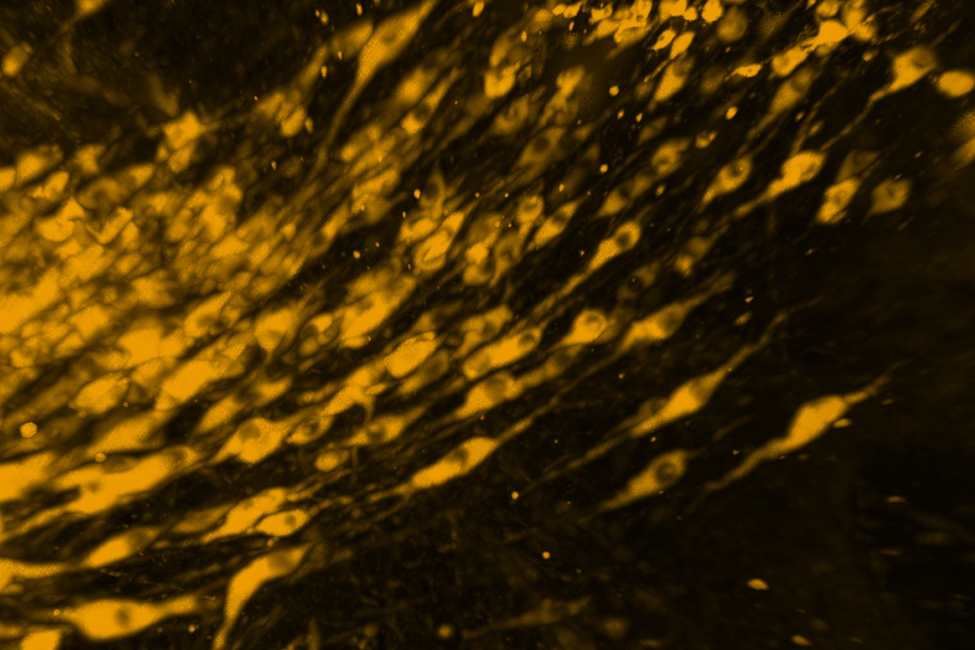State-of-the-Art Microscope Blazes New Trail in Brain Imaging at the FAU Stiles-Nicholson Brain Institute

by Bethany Alex | Thursday, Aug 26, 2021
Scientists at FAU's Stiles-Nicholson Brain Institute are among the first in the state of Florida to
capture 3D images of clusters of identified brain cells in the intact brain using a new, fully
automated, microscope capable of imaging preparations with a razor-thin sheet of laser light.
The microscope – also known as the "Miltenyi UltraMicroscope Blaze" – is a strategic
investment by the Institute to provide advanced imaging opportunities for FAU neuroscientists
and their trainees.
"The Blaze is the first automated light sheet microscope in South Florida, and one of only two in
the state," said Randy D. Blakely, Ph.D., executive director of FAU’s Stiles-Nicholson Brain
Institute. "It's really going to accelerate our science and add to the tremendous technical
resources FAU offers its scientific community. We have been eyeing this technology for some
time, seeing the microscope’s capabilities as transformative, allowing us to look deep into the brain
with molecular precision and circuit level resolution without needing to disrupt the normal
structure of the tissue."
Video of dopamine and norepinephrine neurons in the mouse brain courtesy of Dr. Lorena Areal, Dr. Paula Kurdziel and Dr. Jana Strickler, Managing Director of the Cell Imaging Core.
In short, the new microscope’s large field of illumination – a sheet of light rather than a point of
light typical of other microscopes – allows for intact brains of mice to be imaged down to the
subcellular level at high speed and with neuronal connections intact. Such visualizations are
essential in understanding how diseases impact brain architecture and how global activity
patterns are formed.
"The Blaze has the ability to provide us with a bird's-eye view of whole organs without losing
subcellular details, something biologists have been longing for," said Qi Zhang, Ph.D., Cell
Imaging Core Scientific director and research associate professor for FAU's College of
Medicine. Dr. Jana Strickler, managing director of the Core, is now training scientists to use the
new instrument and analyze the large datasets it can create. In 2016, the Institute’s commitment
to high-end imaging technologies landed FAU a prestigious Nikon Center of Excellence.
“The Jupiter campus is home to terrific research facilities, not only at FAU, but also at the Max
Planck Florida Institute for Neuroscience, well-known for its electron microscopy and super-
resolution imaging resources, and at the nearby Florida home of Scripps Research”, said
Blakely. “With the Blaze, we take a big step forward in understanding the amazing complexity of the
brain.”